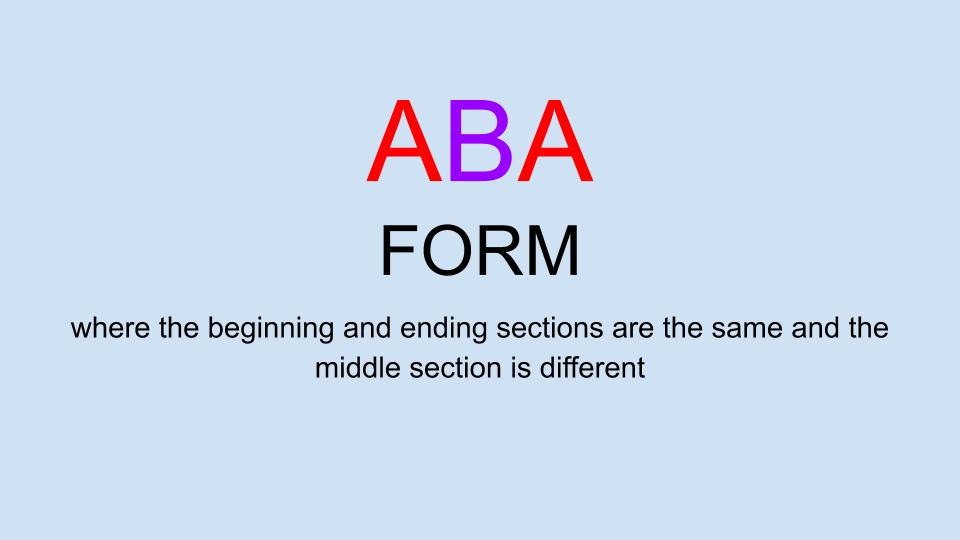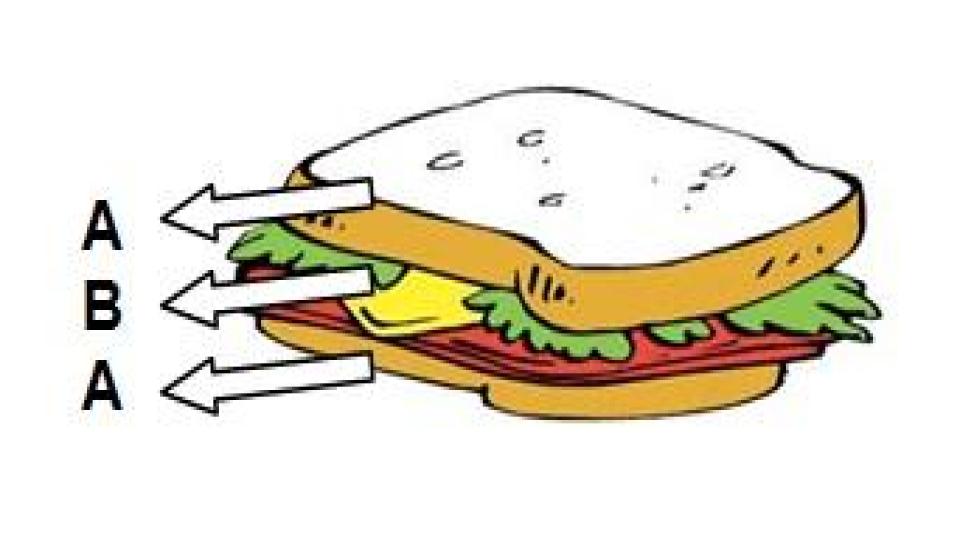DO!
Listen to the music for "Twinkle, Twinkle" again and follow the Star and Diamond chart below. Can you figure out which part of the pattern in the song goes with the stars and which part goes with the diamonds? Try to feel the pulse (beat) of the music as you point to the stars and the diamonds.
Escuche la música "Twinkle, Twinkle" nuevamente y siga la tabla de estrellas y diamantes a continuación. ¿Puedes averiguar qué parte del patrón de la canción va con las estrellas y qué parte va con los diamantes? Trate de sentir el pulso (ritmo) de la música mientras señala las estrellas y los diamantes.
Look at the Star pattern above. Do you see how the pattern is Star, Diamond, Star? We called that an ABA pattern in music class.
Mira el patrón de estrella de arriba. ¿Ves cómo el patrón es Estrella, Diamante, Estrella? A eso lo llamamos patrón ABA en la clase de música.
We colored and cut out parts of a burger to create an ABA pattern in class. Do you remember Bun, Burger, Bun? Look around your house for things that you can make an ABA pattern with.
Coloreamos y cortamos partes de una hamburguesa para crear un patrón ABA en clase. ¿Te acuerdas de Bun, Burger, Bun? Busque en su casa cosas con las que pueda hacer un patrón ABA.
This sandwich, like your burgers, has an ABA form or pattern!
(¡Este sándwich, como tus hamburguesas, tiene una forma o patrón ABA!)
Try this...
(Prueba esto...)
BABATUNDE OLATUNJI
Babatunde Olatunji was born in the Village of Ajido in Southwestern Nigeria. His name means "father has returned" because he was named after his father who died 2 months before he was born. Babatunde realized when he was 12 years old that he did not want to follow in his fathers footsteps and become the chieftain of the village. Instead he came to the United States to go to school. He had grown up playing traditional African music on drums and he turned that into a career. He released 17 studio albums and he traveled all over performing. In addition he was an activist who fought against racism in the United States. Even before Rosa Parks became well known for refusing to sit in the back of a bus in Montgomery, Alabama in 1955 Mr. Olatunji had been protesting that practice throughout the south for three years. He is known as one of the first political activists in the United States, but he is better known for his music.
|
Babatunde Olatunji nació en la aldea de Ajido en el suroeste de Nigeria. Su nombre significa "padre ha regresado" porque fue nombrado en honor a su padre, que murió 2 meses antes de que él naciera. Babatunde se dio cuenta cuando tenía 12 años de que no quería seguir los pasos de su padre y convertirse en el cacique del pueblo. En cambio, vino a los Estados Unidos para ir a la escuela. Había crecido tocando música tradicional africana en la batería y lo convirtió en una carrera. Lanzó 17 álbumes de estudio y viajó por todas partes actuando. Además fue un activista que luchó contra el racismo en Estados Unidos. Incluso antes de que Rosa Parks se hiciera conocida por negarse a sentarse en la parte trasera de un autobús en Montgomery, Alabama en 1955, el Sr. Olatunji había estado protestando contra esa práctica en todo el sur durante tres años. Es conocido como uno de los primeros activistas políticos en los Estados Unidos, pero es más conocido por su música.
|



